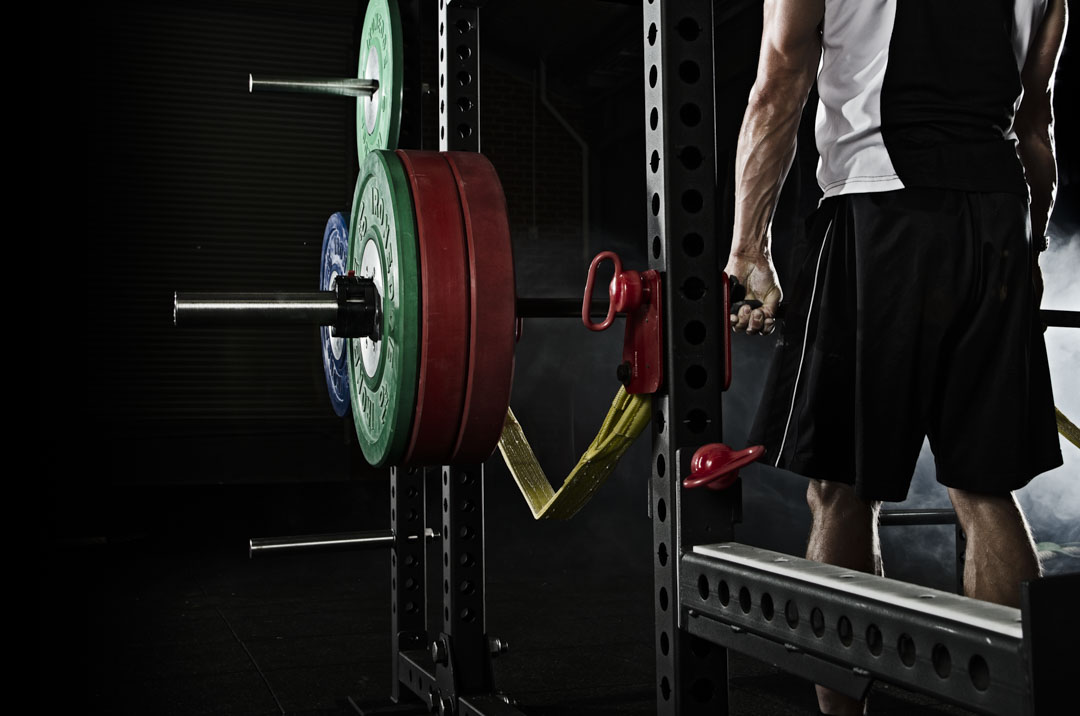Increasing Muscle Mass - Is it suitable for you?

Increasing muscle mass is often the goal of resistance training programs for the general population. However, when designing training programs to increase muscle mass for athlete populations it is important to consider the potential advantages and disadvantages this may have on performance.
Advantages of increasing mass:
1. Generally, a larger muscle is a stronger muscle. This is especially true if the increase in muscle mass is the result of an increase in the amount of contractile elements of the muscle fibre ultimately increasing the force generating capacity if the muscle. Therefore there is greater capacity for strength and power.
2. The inertia of a body is proportional to its mass. Think of a basketball player under the ring attempting to hold their position for a rebound. A player with more mass will be harder to move compared to a player with less mass.
3. An increase in mass may allow an athlete to move with greater momentum which is valuable for collision-based sports. Momentum = mass x velocity there for an athlete with more mass running at a given velocity will have greater momentum and more chance to inflict damage upon their opponent.
Disadvantages of increasing mass:
1. Acceleration is an important speed quality for many sports. Acceleration = force / mass. Therefore, if as a result of training we have in increase in mass without a subsequent increase in the ability to generate force acceleration will be compromised. The same thought process can be applied to an athlete’s ability to decelerate, change directions and jump. Therefore, if we increase mass without consideration of force production important components of performance can be negatively impacted.
2. Increases in body mass leads to greater impact forces when running and jumping. The cumulative stress associated with the greater impact forces from these activities means that more recovery from training and competition will be needed. If additional time needs to be budgeted for recovery, then that time needs to be taken from other aspects of training such skill work or the development of physical qualities.
3. Endurance performance is important for most sports. An athlete’s Aerobic power or VO2 max is expressed in millilitres (mL) of oxygen per kilogram (kg) of body weight per minute –
(mL·kg-1·min-1 ). If an athlete consumes 4,000 mL·min-1 with a 70kg body mass the VO2 max = 57.1ml·kg-1· min-1 . If body mass is increased to 73 kg with no improvement in O2 uptake VO2 max would decrease by 4% to 54.8 mL·kg-1·min-1.
Practical Applications
· When prescribing training to athletes do not just assume that an increase in mass will be of benefit for the athlete. Carefully consider how the change will impact their performance.
· If attempting to get a hypertrophy response, training with heavy loads (approximately 90% of maximum) that presents a neural stimulus for strength adaptation is recommended.
Note: The above information is a snapshot of a manuscript published in the Strength and Conditioning Journal that I co-authored with colleagues and students.
Young W, Talpey S, Bartlett R, Lewis M, Mundy S, Smyth A, Welsh T. (2019). Development of Muscle Mass: How much is optimum for performance? Strength and Conditioning Journal. 41(3) 47-50